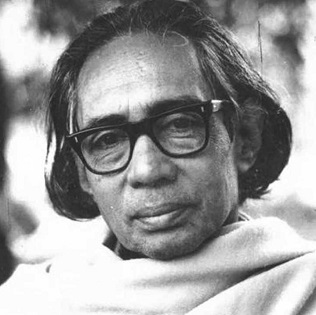A couple of decades ago, when I came to Delhi for the first time, the city looked like an expanded vista of uncouthness. ‘Gupt rogi milen’ (Consult for Venereal Diseases) was the first wall writing inviting me into the city; I could sense the character of the city and its innards from that one line. This was the place where I had chosen to live and work. Red Line and Blue Line buses played with the lives of people. As years passed, after much public protests, those buses were phased out. Flyovers and a growing number of vehicles changed the face of the city. I was witnessing and experiencing the effects of a liberal economy. E. Sreedharan, the man who had made the Konkan railway possible, was invited to Delhi to develop a metro network, which he did successfully. Today, Delhi looks different. The Metro rail has instilled some much needed etiquette into its commuters.
Look at the Nehru Place metro station. It looks like a mall and a leisure park. Look at the Central Secretariat station; the concourse looks like a museum aisle. Although they are sparse and spread out, not too many people see the works of art on display at the stations as most of them are busy with their daily lives. No one has the time to stand and stare. But, don’t you think if strong works of art are made a part of every station like in the London Tube or Paris Metro, people would spare a few moments to see them? In London, I have seen, most of the Tube stations adorned with depictions of local history. Posters of films, theatre and exhibitions add to the quality of the visual experience there. What about the Delhi Metro?
This question has been there in my mind as I am a staunch believer in public transport systems. I travel by metro and I enjoy it thoroughly. However, the transit points and stations make me sad. There are no art works that would catch my eyes and make me think. The blankness of the walls stares back at me. I think of the airports and the works of art displayed in the swanky foyers there. Why do we think that airports could be the places for aesthetic contemplation while we deny the same status to railway stations? Is it because in an airport we are ‘different’, and in railway stations we are just ‘faceless’ and ‘mindless’ creatures? Is class consciousness the reason?
When we approached the Metro Corporate Office, they said, the available works of art at the stations are commissioned by the architects and are meant more for aesthetic beautification rather than spiritual contemplation. But there are stations where displays are created to inform people of the metro’s function and growth. Still the question remains; why can’t our metro stations have more art and art of history?
I decided to have this issue of Art and Deal around the topic of ‘art in the metro’ to find an answer to the persisting doubts. Our contributors have come up with well researched stories and photo essays about art in the metro networks in India, Britain and France. The train is a metaphor for this issue and travel, an aesthetic experience. I invite you all to read the appreciative and critical views on art in the metro and train stations or even on art inspired by the railway network.
Johny ML
Read More>> Please Subscribe our Physical Magazine
